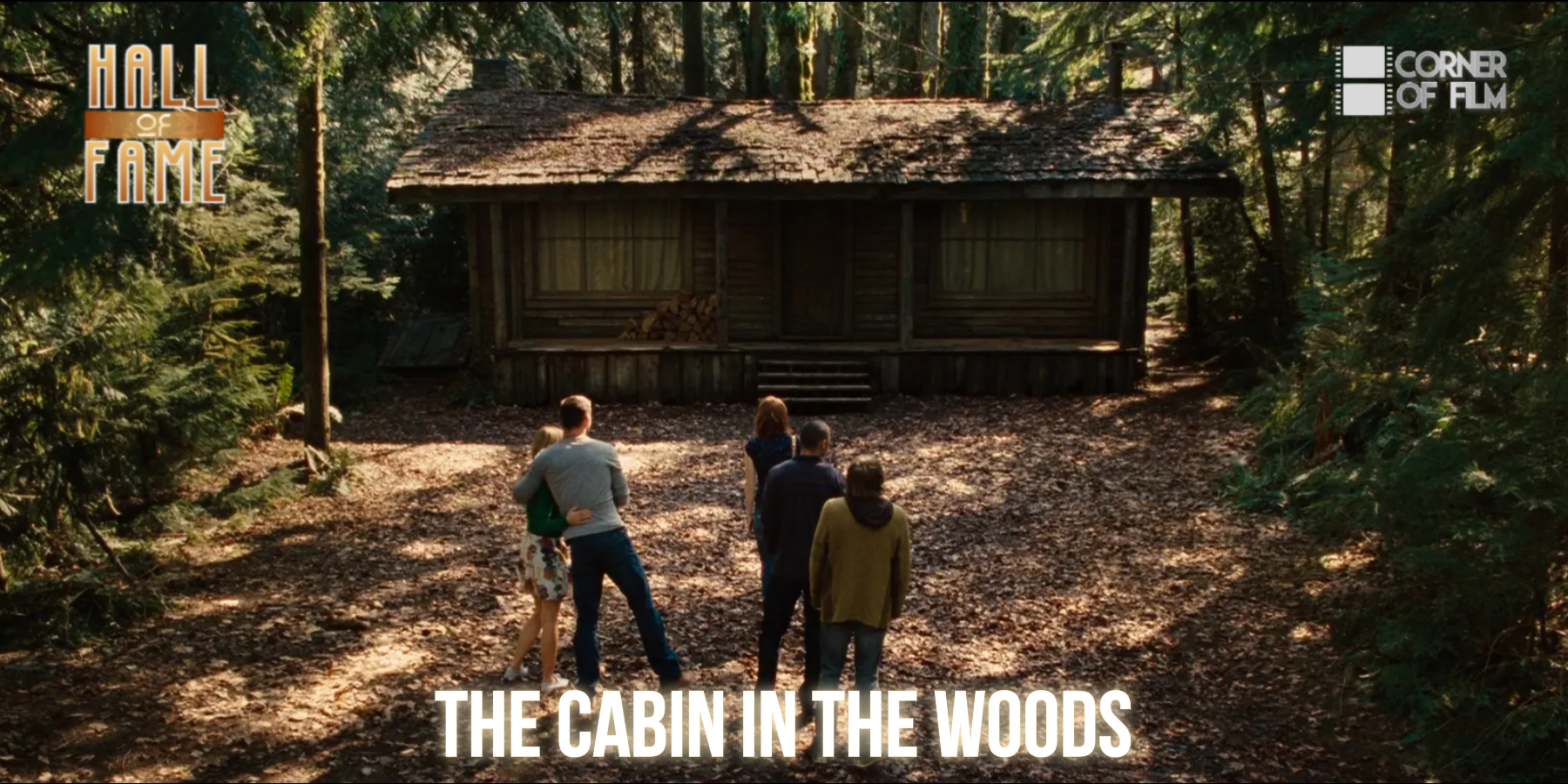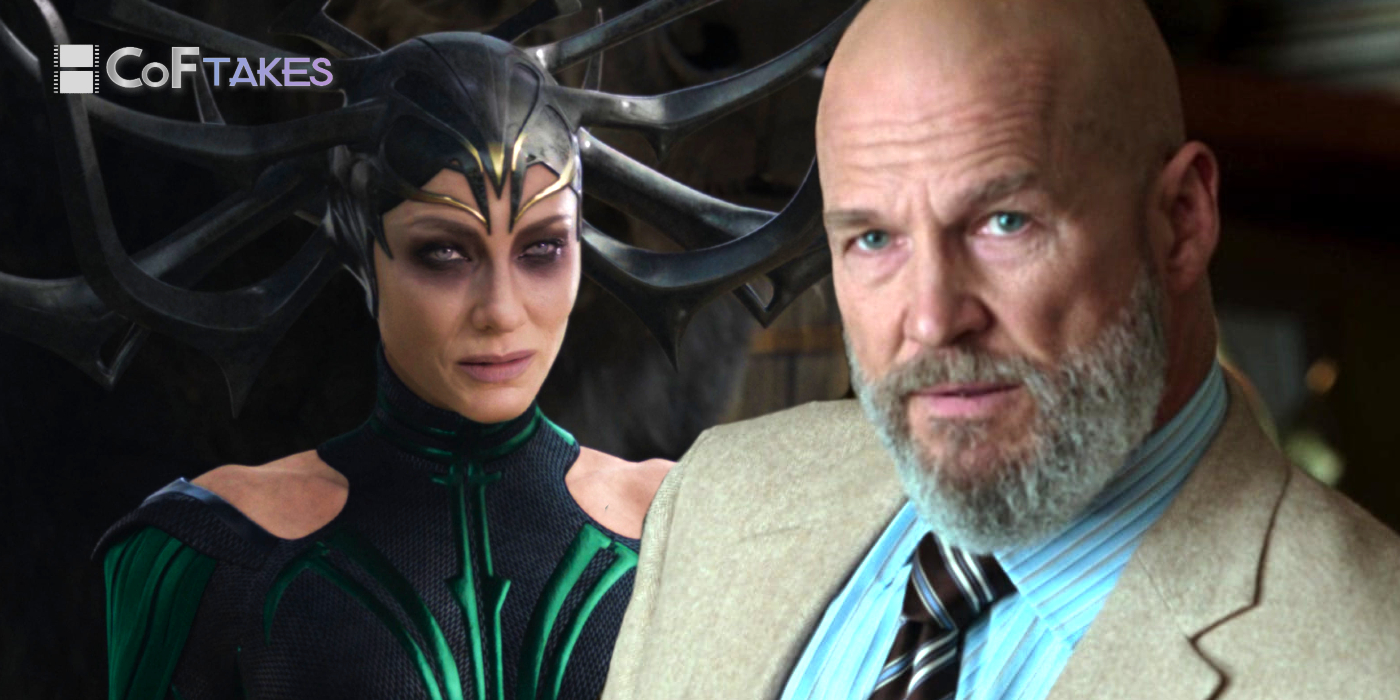The Cabin in the Woods is an utterly unique film. Written by the now-disgraced Joss Whedon and Drew Goddard and directed by Goddard, its status as a horror/satirical comedy does scant justice to the film’s quality. Generally well-received by critics and audiences alike, The Cabin in the Woods has achieved lasting popularity due to its many homages to the horror genre even while subtly lampooning the typical elements of its some of its most iconic movies.
Its satirical premise pokes fun at the general ideas behind horror movies, but it also validates them with the subtle insistence of hidden importance. Following a ensemble of teens as they head off to a remote cabin for the weekend, it’s immediately made clear that they’re being monitored by an unknown organization who has a mysterious stake in controlling their actions.
As their weekend begins to take a predictable turn for the terrifying, those watching reveal themselves to be the keepers of an ancient tradition of ritual sacrifice who have modernized the process through technology and chemical manipulation.
It’s in The Cabin in the Woods‘ approach to its horror that it becomes a meta take on the genre, though. By having the group of teens unwittingly select their own tormentors from a catalog of movie monsters kept in the facility beneath the cabin, The Cabin in the Woods is able to inject a genuinely staggering amount of horror movie Easter eggs into its story.
The film’s ending sees two of the teens thwart the ritual, bringing about the end of the world at the hands of the Ancient Ones, subverting expectations by having the teens’ survival actually not being a victory at all. This is perhaps the best evidence of what makes The Cabin in the Woods such an excellent horror movie: it’s aware of all the tropes it uses, and it explains their use through a cleverly written story that allows for subtle comedy to be wrung from its familiarity.
Outside of this, The Cabin in the Woods is generally well-acted, with plenty of comedic moments to keep it from feeling like a generic slasher. This adds to the idea that it’s neither fully horror or comedy, but a well-executed blend of the two. Additionally, the film’s visuals are well-realized, with CGI monsters used as sparingly as possible.
The Cabin in the Woods is a competent horror movie that also makes a few insightful statements about the pressures of genre in storytelling and the way the audience creates a need to strictly adhere to established formulas. In this, The Cabin in the Woods is a fun and original statement that captures the familiarity of slasher movies without falling into the same tired symbolism, making itself something more than just a simple horror film in the process.
Rating: 80%
Summary: The Cabin in the Woods manages to simultaneously meet and subvert expectations, making it a clever blend of genres that delivers something utterly unique.
Highlight: The abrupt and somewhat unexpected manner of Curt’s death is one of the film’s masterstrokes, as is attempting to puzzle out the identities of its many, MANY monsters.






Leave a Reply